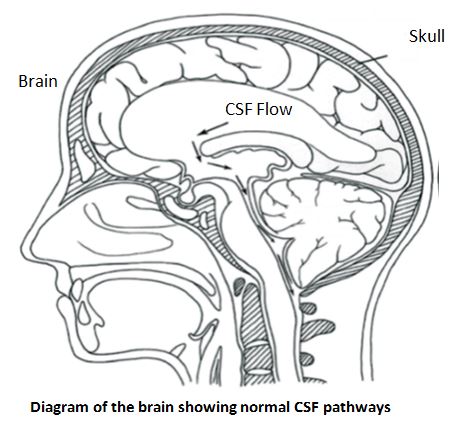Vp Shunt Nhs
The excess fluid is safely drained through tubes behind the ear down the neck and chest and into the abdominal cavity where it is safely absorbed.
Vp shunt nhs. The valve opens when extra pressure builds up in the brain. Usually vp shunts are placed to treat hydrocephalus hydro water cephalus head that can result from a. The most common type of shunt used is the ventriculo peritoneal vp shunt but ventriculo atrial va shunts and lumbar peritoneal lp shunts are also used.
A shunt is a delicate piece of equipment that can malfunction usually by becoming blocked or infected. If your tube drains into your tummy this is called a ventriculo peritoneal vp shunt. If it drains into your heart it is called a ventriculo atrial va shunt.
The aim of the operation is to drain csf from the ventricular freely without the need for a shunt. Some shunts can be programmed externally. The surgical procedure involves draining the excess csf via a pressure valve implanted in the head above the ear.
Vp shunting is a surgical procedure that primarily treats a condition called. You can feel the valve as a lump under the skin on your scalp. If it is established that a shunt is a programmable device then follow the instructions outlined in the instructions for use for that particular device.
A shunt from the brain to the lining around the lung pleural space inside the chest is called a ventriculo pleural shunt. A shunt from the brain to veins draining into the. Inside the shunt there s a valve that controls the flow of csf so it does not drain too quickly.
If the shunt is known not to be a programmable shunt then 1 5t and 3t mri may safely proceed. It s done under a general anaesthetic and usually takes 1 to 2 hours. Ventriculoperitoneal vp shunt insertion is an operation to place a catheter into a brain ventricle to drain cerebrospinal fluid csf from the ventricular system.
